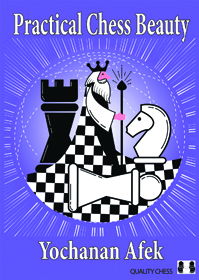The solution to the mate in three problem given by Kramnik to Anand
A few days ago we posed you with a mate in three problem which was given by Kramnik to Anand and by Anand to the players present in Pune. It was quite a tough problem and a group of three GMs and seven IMs standing there couldn't solve the problem for nearly seven minutes! We subsequently realized that this problem had been composed by Marin y Llovet Valentin in 1904. In this article we reveal the solution to you - not the answer directly but we first tell you why the normal tries fail and then why the beautiful solution works. You will also get to see the video of Anand giving the position to the players and the entire atmosphere of the place. Thumbnail image: Lennart Ootes.
A few days ago we posted a position on our newspage which was given by Vladimir Kramnik to Vishy Anand. It was a mate in three problem and it was given by Anand to players who had gathered in Pune for the opening of the PYC Hindu Gymkhana training centre. Let's just rewind a few minutes and see what happened before Anand gave the position.



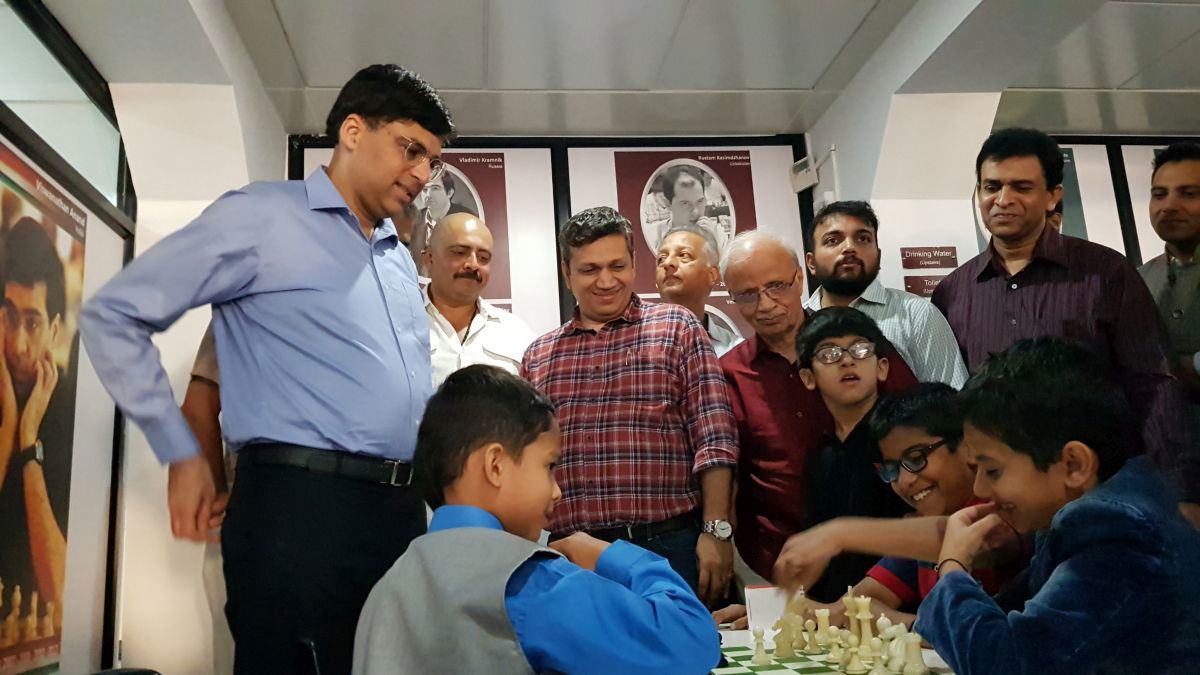
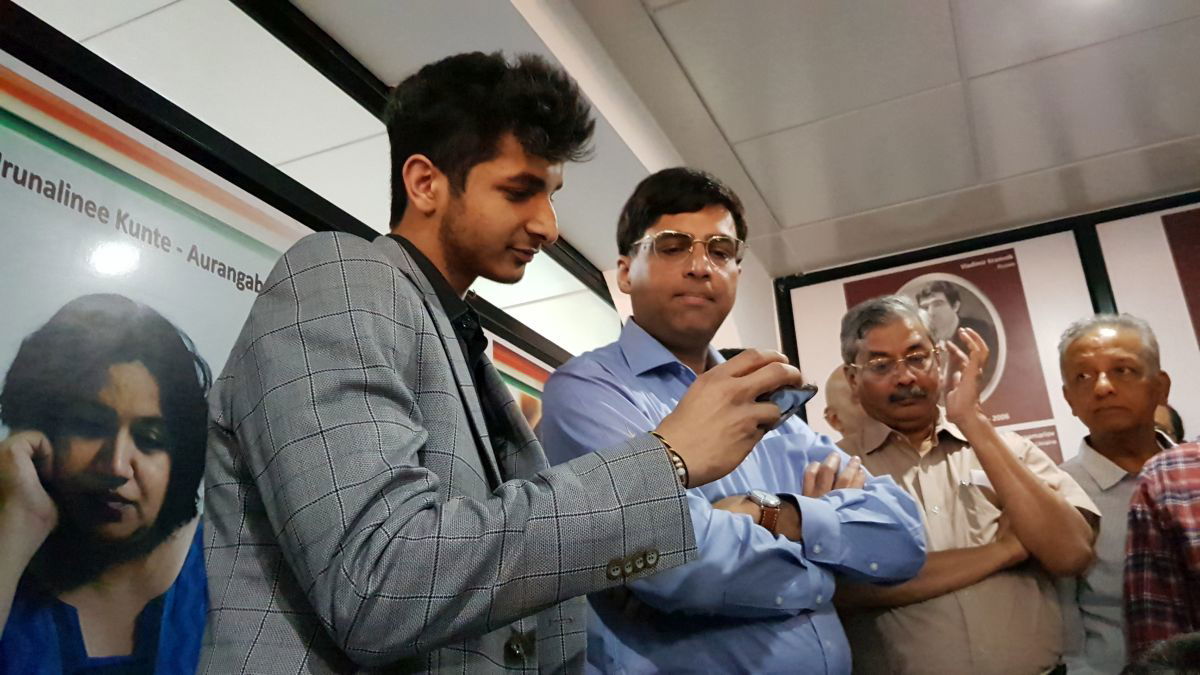
This is the position:
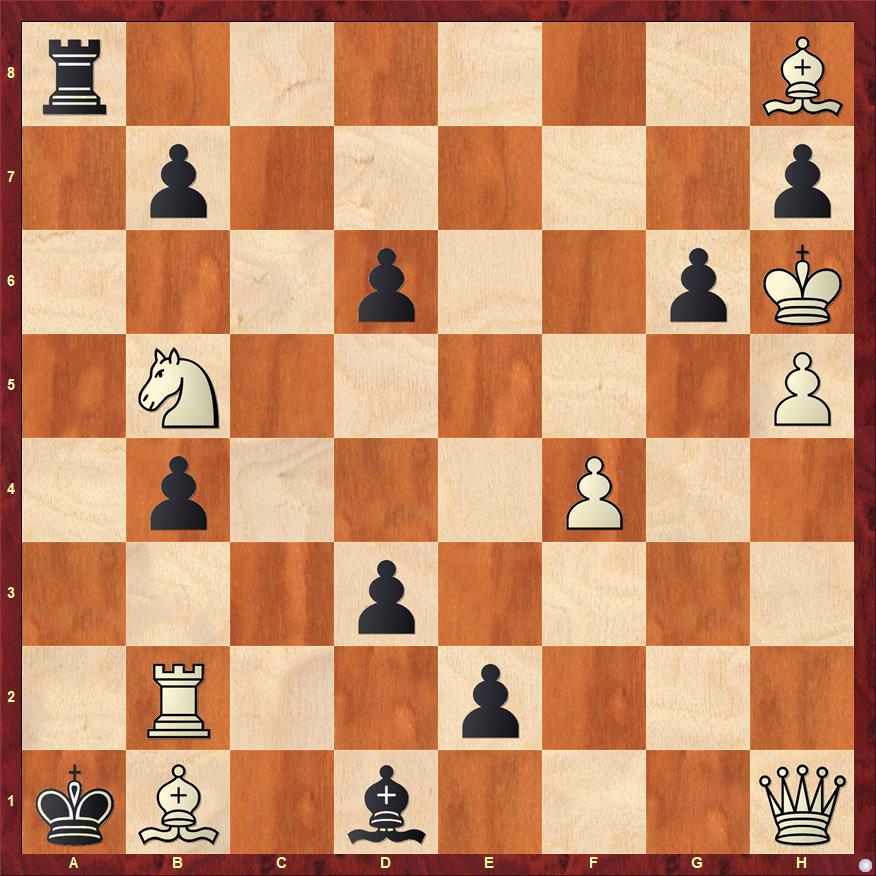
The most important thing to note in the problem is that the bishop on h8 is hanging. The rook on a8 attacks it and we have to find a way to ensure that it is not captured. At the same time it seems as if the rook, bishops on b1 and h8 and the knight on b5 are enough to weave a mating net. Why is there a queen on h1? Well, if you haven't solved this problem yet, we recommend that you take some time and do it. It will help you to appreciate the solution given below.
When we published the problem on 20th of February, we were not aware of the composer of this problem. Subsequently we got to know that the position was composed by Marin y Llovet, Valentin in 1904. (Thank you Prof. Nagesh Havannur, for sending us more information about the composer!)
Important tries:
Once the mate in three was given, the kids pounced on it. Three GMs - Vidit Gujrathi, Abhimanyu Puranik and Abhijit Kunte, who were present there, were more careful and were trying to see the refutation of the natural ideas.
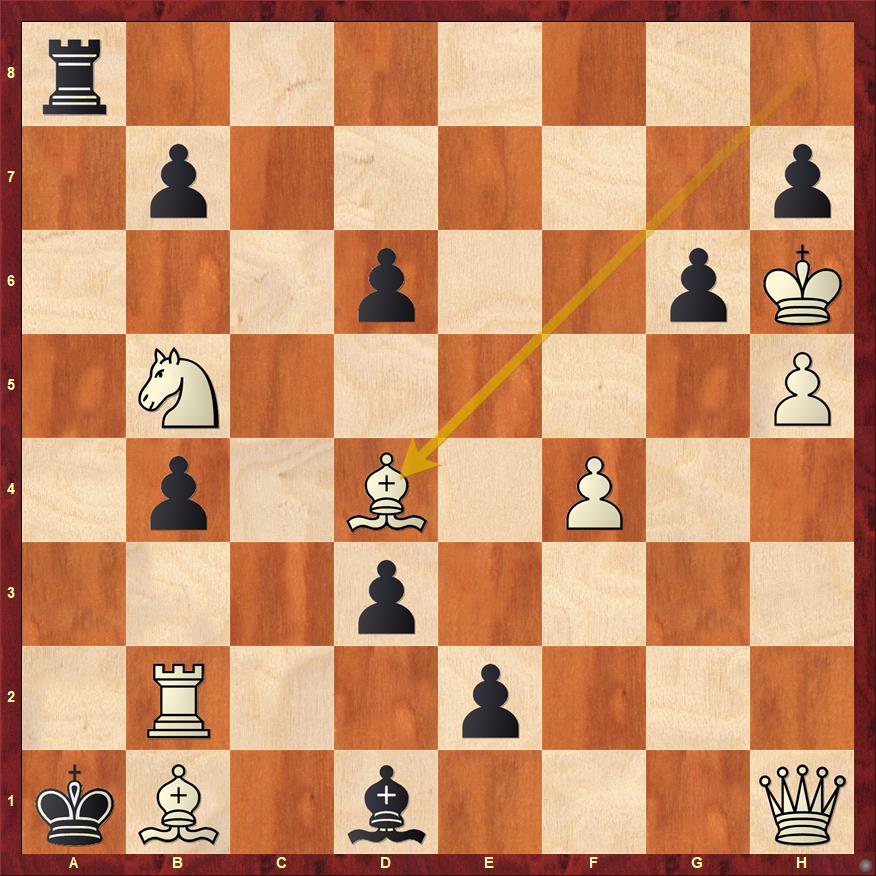
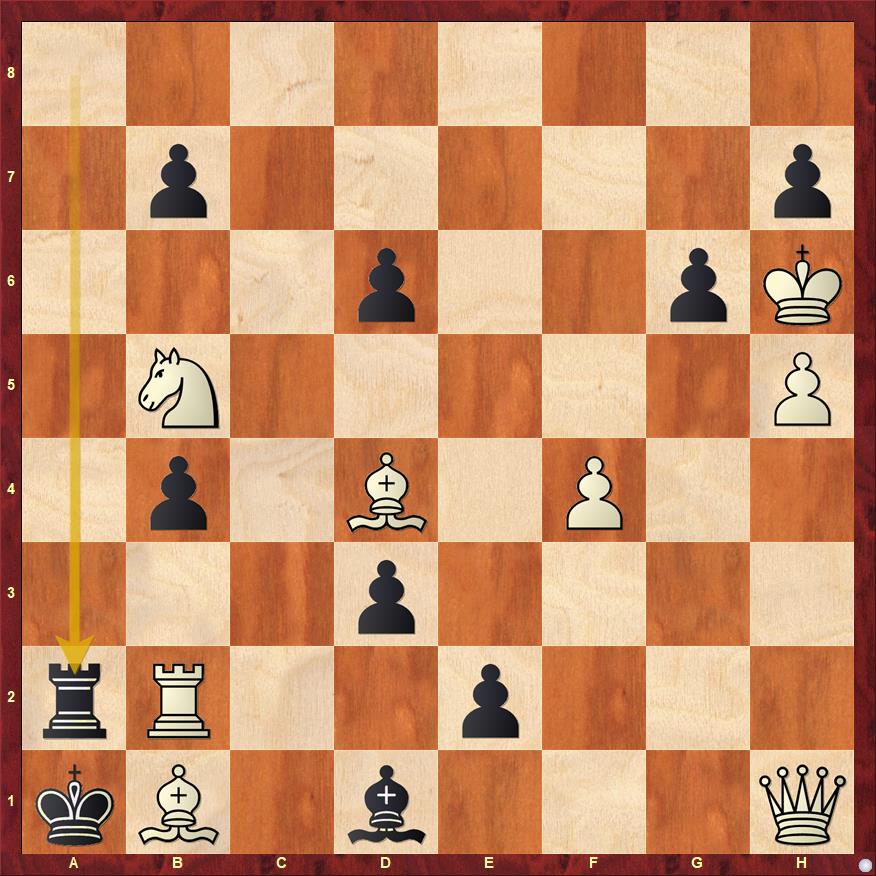
So after working with 1.Bd4 for sometime you may find another tempting idea....
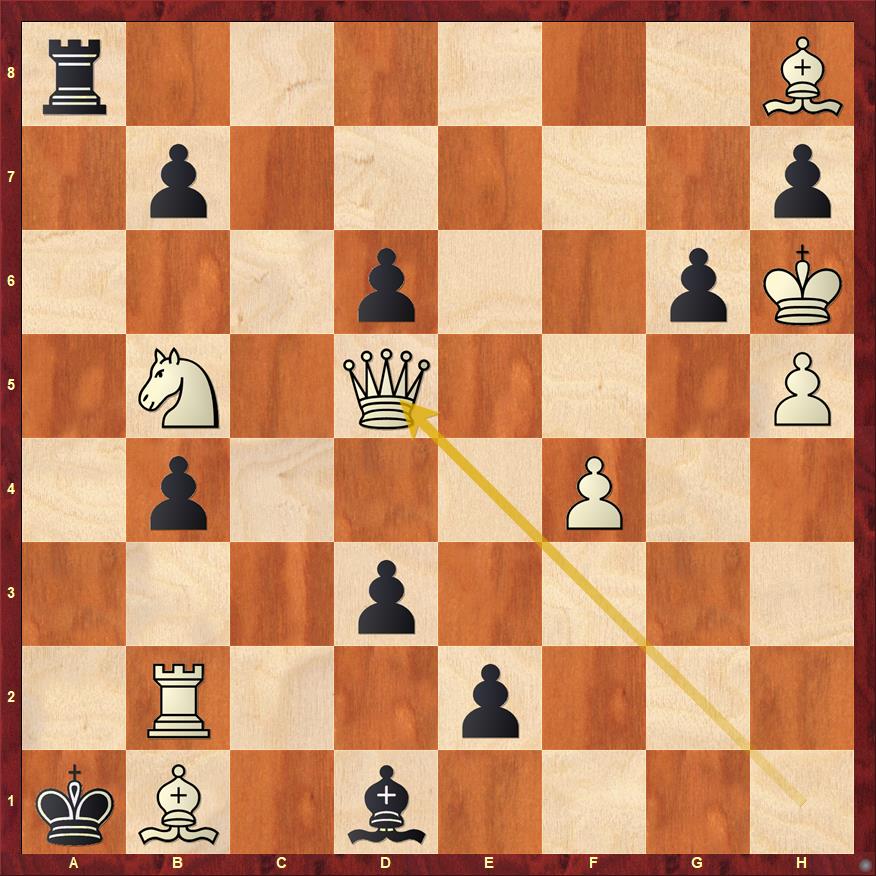
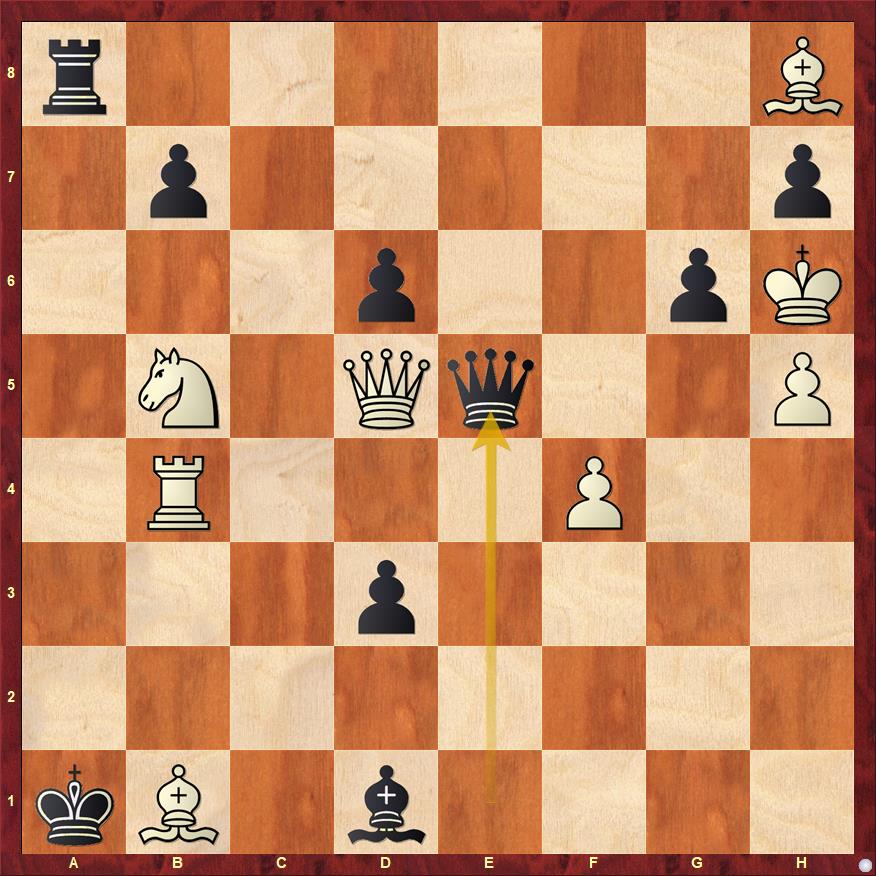
This next try is what Anand himself thought was winning when he first saw the position.
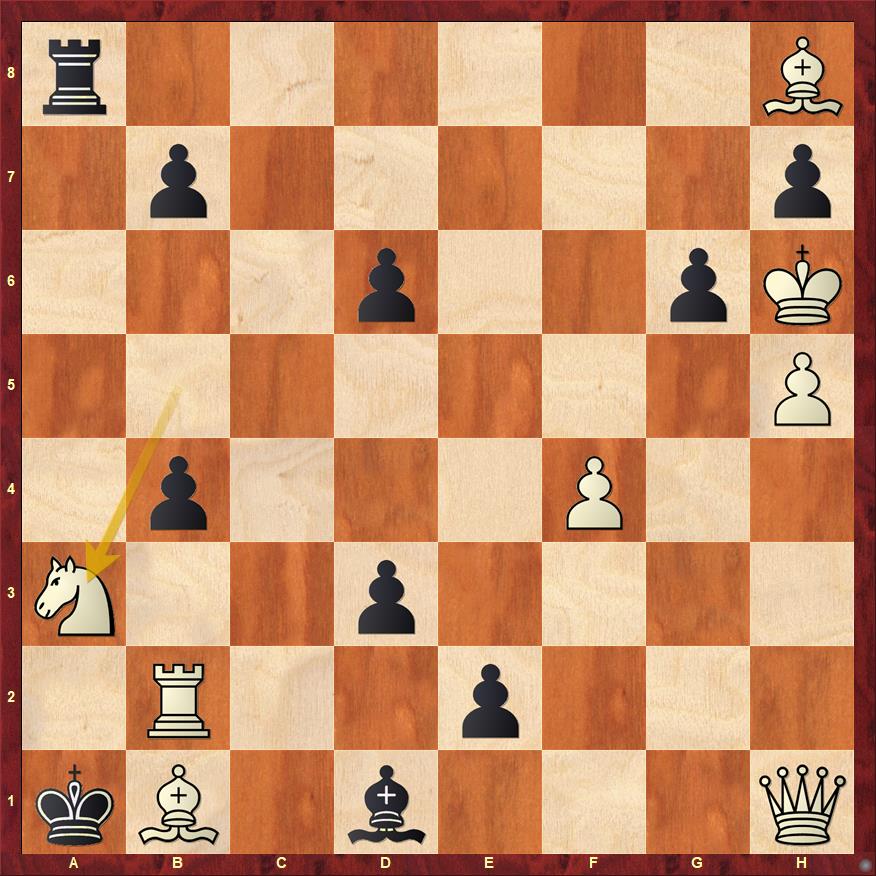

There are some other interesting tries like 1.Rxe2! Rxh8 2.Bxd3 and we reach this position:
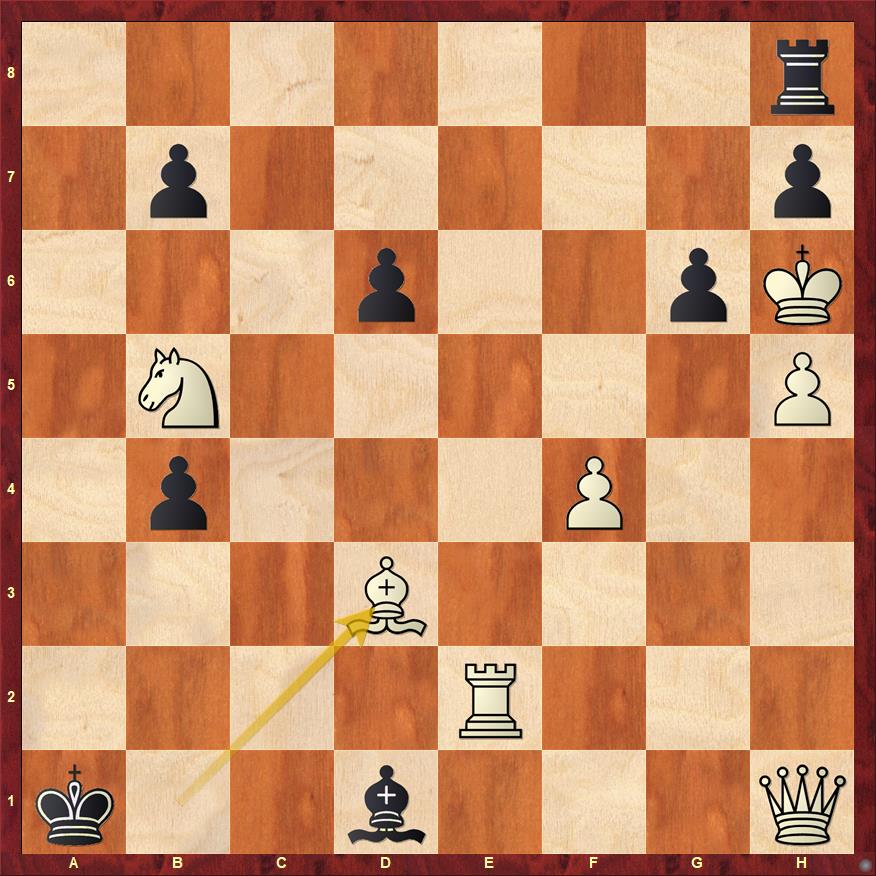
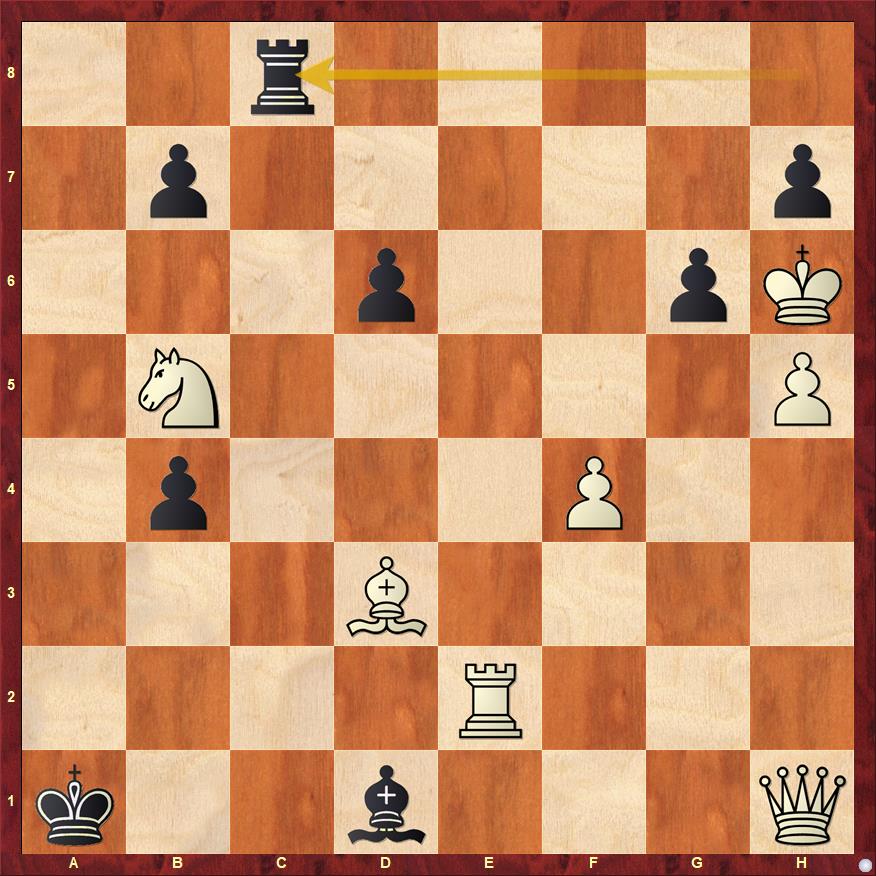
The correct solution:
The reason why you would have to go through many of the above variations to stumble upon the right move is twofold:
1. The natural variations above and their refutations will help you to look for a move which sidesteps the defences mentioned above.
2. The solution is quite anti-intuitive and cannot really be found at first sight (However, experienced solvers will disagree with this. They are in fact always looking for anti-intuitive moves from the beginning!)
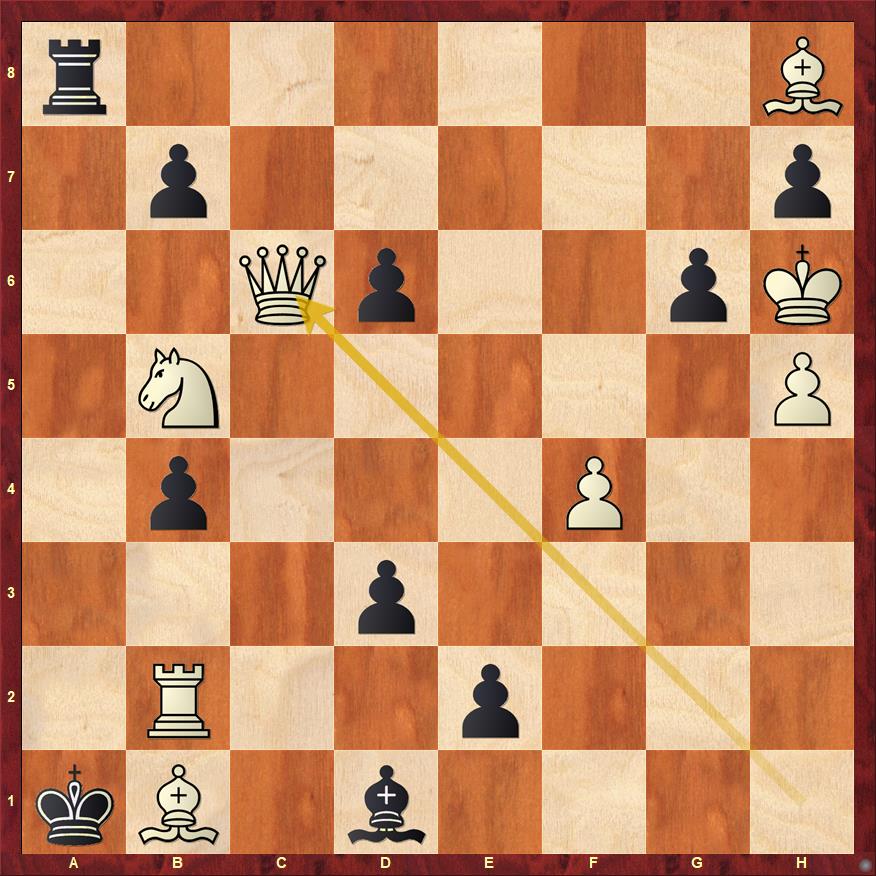
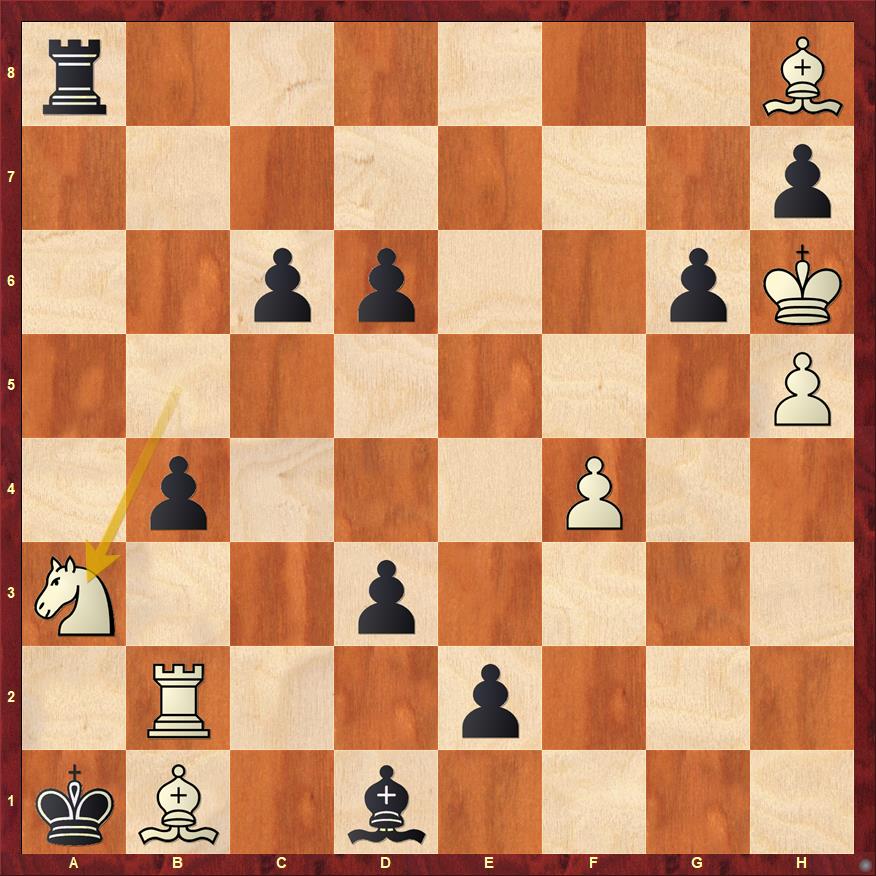
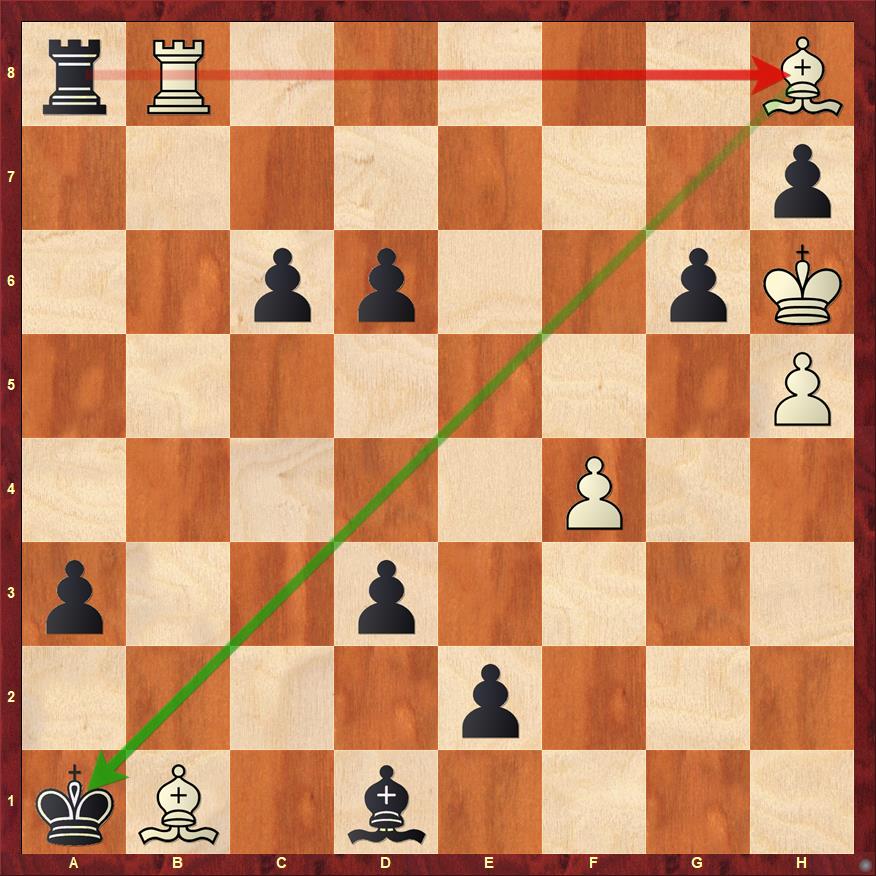
If you watch the below video carefully from 9 minutes and 20 seconds onwards, you can find a faint voice who begins with the words "I have an idea" and then goes on to say the entire solution beginning with 1.Qc6!!

Replay the solution with notes:
How solving this is good for practical chess players?
I see many tournament players saying that what is the point of solving such studies. Such positions are never going to come in my games. Well, I beg to differ here. Solving such problems helps you to develop your calculating skills, but more than that you are always trying to be aware of opponent's resources. This is extremely important because if you take things for granted, there is always a shrewd defence waiting for you. It also opens up your mind to different possibilities in the position and hence, I think solving studies and problems of mate in two and three are quite essential for a practical chess player.
Perhaps a good point to begin your journey would be the Practical Chess Beauty by Yochanan Afek. Well, right now we don't have this book in our online shop, but it will be available soon within couple of months!
